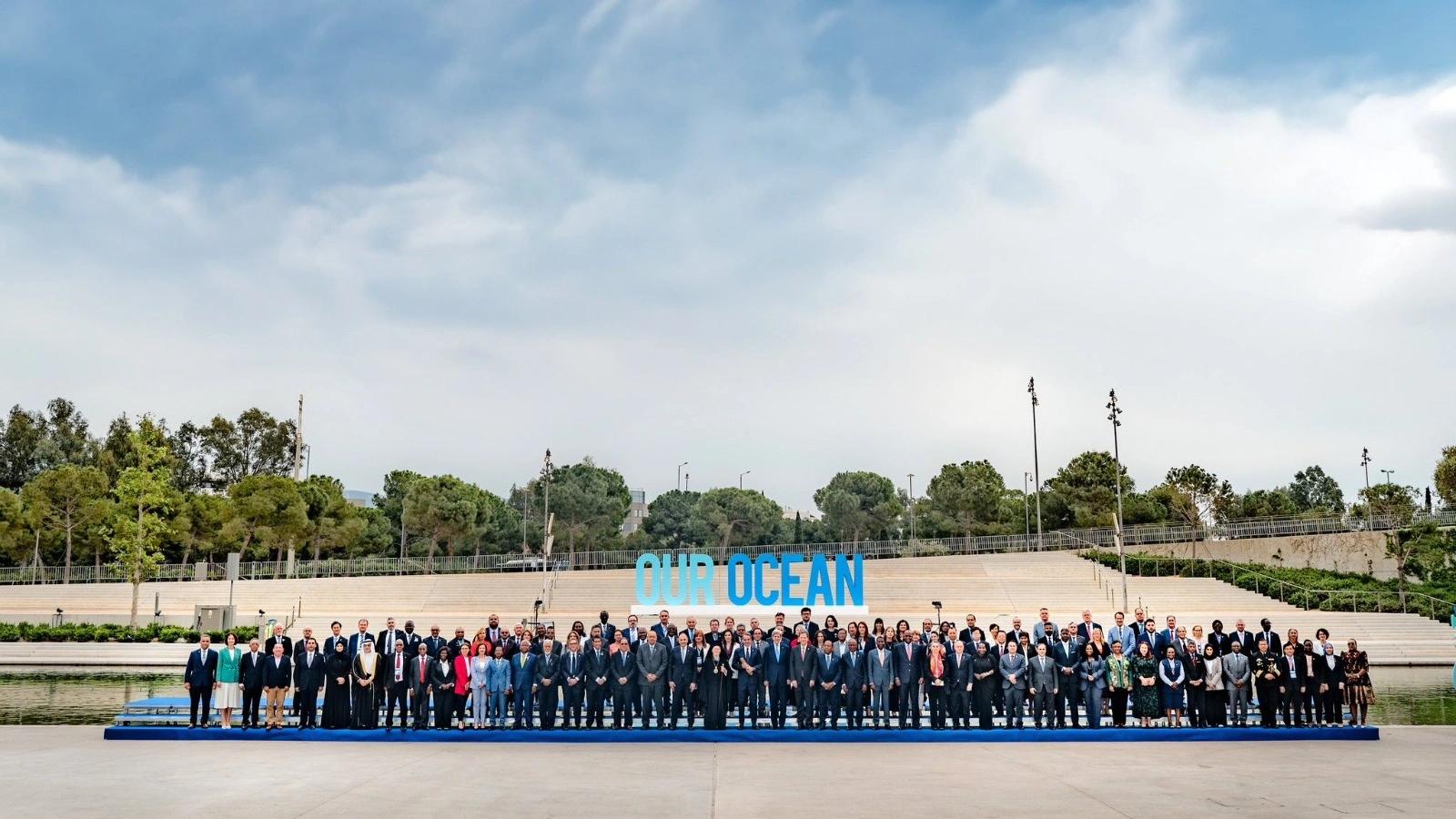Investing in Reef-Positive Businesses

This event showcased the Global Fund for Coral Reefs (GFCR)-supported ‘reef-positive solutions’—businesses and initiatives that have a positive impact on coral reef health while providing sustainable benefits for local communities. Panelists shared lessons learned while trying to incubate and develop these solutions.
With around 100 participants, this timely event highlighted the urgency of rapid action to counter threats to coral reefs, as we are facing the fourth global coral bleaching event.
Remarks
Pierre Bardoux, Director of the Global Fund for Coral Reefs, UNCDF, introduced GFCR, a blended finance facility aiming to mobilize private investment for coral reef conservation.
Susan Gardner, Director, Ecosystems Division, UNEP, reflected on the immense value of coral reefs and the loss associated with the fourth bleaching event. She emphasized three key changes required to reach the targets of the Coral Reef Breakthrough:
- Decarbonisation
- Effective protection of Marine Protected Areas (MPAs)
- Continued investment in coral reefs through public and private sources
His Excellency Ambassador Giovanni Palec, Philippine Ambassador to Greece, shared the importance of coral reefs in the Philippines, the threats facing these reefs, and recent advances including a national coral reef strategy.
Ron Tardiff, Ocean Innovation Lead, World Economic Forum, shared 1000 Ocean Startups as an example of accelerating innovation for ocean health. He provided key takeaways, including the need for “informed optimism,” faster action, building value and equity locally, and a fundamental paradigm shift towards nature-positive business.
Challenges and Opportunities of Building a Reef-Positive Business
Case Study: Coral Vita
(Represented by Sam Teicher, Co-founder & Chief Reef Officer)
Coral Vita is a mission-based for-profit that grows resilient coral to restore dying reefs at scale, with a primary emphasis on land-based coral aquaculture. In early 2021, the company signed a restoration-as-a-service contract with the Bahamian Government to fund the growth of several hundred coral colonies to be outplanted onto historically degraded reefs important for tourism and fishing. Coral Vita is now the first-ever company to launch a Series A investment round for a coral restoration business.
GFCR funding is catalytic to Coral Vita, providing capital matched by a hotel with a vested interest in protecting coral reefs as a natural barrier against storm surges. Sam mentioned financial instruments such as coral insurance policies, debt-for-nature swaps, and blue bonds as mechanisms to scale impact for nature.
Case Study: Blue Alliance
(Represented by Nicolas Pascal, Executive Director & Co-Founder)
Blue Alliance is an international non-profit entity dedicated to the management of Marine Protected Areas and Blue Economy enterprises. Nicolas stressed that catalytic capital alone is not enough—it is necessary to unlock private capital.
With GFCR support, Blue Alliance has established an MPA Impact Loan Facility that syndicates catalytic donor funding with impact investor loans to grow the pipeline of reef-positive businesses. Investors have agreed to impact-based interest relief.
How to Scale Quickly
Case Study: Minderoo Foundation
(Represented by Melissa Walsh, Head of Ocean Finance)
A member of the GFCR coalition, Minderoo Foundation is a philanthropic organization based in Australia. The Foundation hosts a strategic impact fund that conducts impact investing into reef-positive businesses to grow the blue economy.
Melissa noted that GFCR bridges the “missing middle,” taking large sources of capital and directing it to where it is needed. She suggested blue bonds as an aggregator—packaging smaller projects, applying de-risking strategies, and selling them to private markets.
Case Study: Pegasus Capital Advisors
(Represented by Dale Galvin)
The GFCR Investment Fund, managed by Pegasus Capital Advisors, invests in commercial projects and companies with business models that reduce threats to coastal habitats, including critical coral reefs, as well as novel, replicable, and scalable solutions.
Dale highlighted that funding remains the main challenge—SDG14 is the least funded of all SDGs. Yet, blue economy sectors such as seafood and aquaculture are trillion-dollar industries.
One solution is blended finance. The GFCR Investment Fund is anchored by a junior first-loss tranche from the Green Climate Fund, demonstrating how financial instruments can be leveraged to scale conservation efforts.